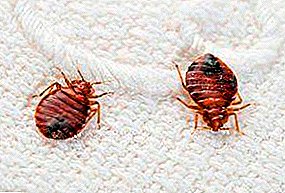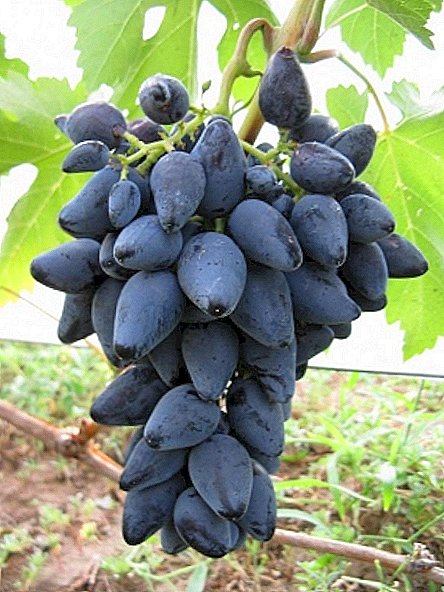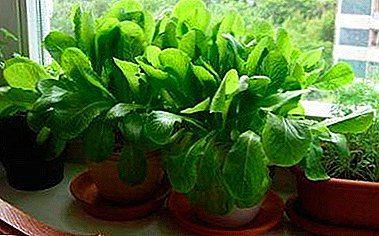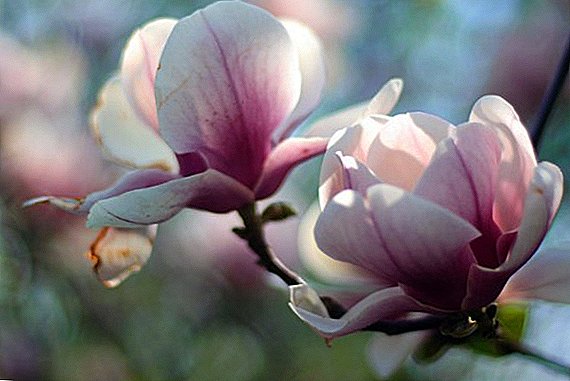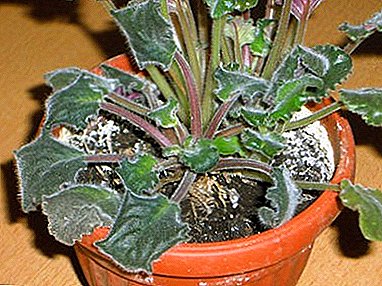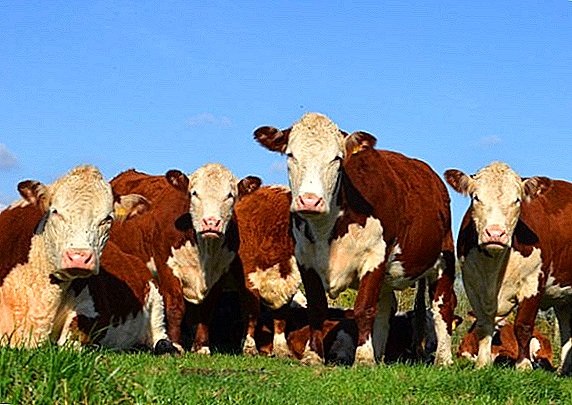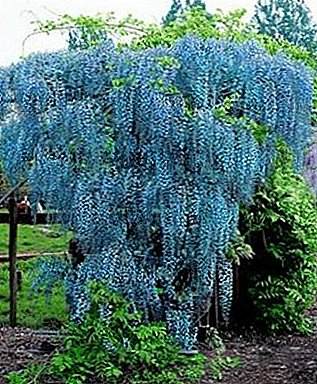
Wisteria will help turn the garden into a place on the cover of a landscape design magazine. In another, this blooming vine is called wisteria. In the middle lane with proper care, you can grow several varieties of the southern beauty. These include frost-resistant, blooming and Chinese wisteria.
Wisteria reproduction
If you are lucky and the wisteria is already in your hands, then it's time to consider the issue of its cultivation and further reproduction. In order for new shoots to appear more often and the plant to feel good, you need:
- plant the plant on the sunny side;
- provide a sturdy frame or support to allow the wisteria to curl;
- monitor soil moisture, spray in hot weather, watering to fall by autumn;
- add specialized fertilizers;
- take care of a reliable shelter for the winter period;
- pruning twice a year to increase flowering stems.
Growing wisteria from seed
Wisteria seeds should be planted in the winter in a warm room or greenhouse, where the temperature is kept at around 22-25 ºС. It is best to do this at the end of November or in December.

- Plant a shallow plant seed.
- Spray with a spray bottle and cover with glass or film to create a greenhouse effect.
- Put in a dark place, wait for the emergence of sprouts for about a month, maintaining the soil moisture.
- After the emergence of seedlings wait a week and a half and move the pot to the light.
- After making two leaves on the stem, you need to transplant into separate pots and water it with a weak solution of potassium permanganate.
Seedlings will experience stress when landing on the street, so that this does not happen, you need to teach them to the external environment. By spring, the pots every day for two hours should be carried to where it is cool, the window is open, but there are no drafts.
In the spring, as the last frosts take place, the wisteria is transplanted into the open ground. Preparation includes thorough digging of the landing site and fertilization of the soil with mineral additives. in proportions of 25 g. on 1 m2. On the fertilized area dug pits 60x60x50 cm. Planting shoots need only with the ground on the roots, then fall asleep and pour. It remains to wait patiently, the young shrub grows for a long time, does not immediately form the trunk, in the early years it grows only with thin vines.
Planting flower seeds can be immediately in open ground, but it should be done closer to the summer. Add humus and fertilizers to the landing site, if everything goes well, the plant grown outside will be much more resistant to temperature changes and calmly transfer the first wintering.
Wisteria propagation by cuttings

Cutting is one of the most effective and simple ways to reproduce wisteria. The method is popular because this is how all varietal characteristics of the mother plant are preserved.
With careful care of the plant to achieve active reproduction of the plant will be easy.
For cuttings in early spring need to take a few last year's shoots and make oblique cuts on them under the kidneys. Place the cut is planted in the soil or pot with a nutrient substrate of sod and clay. The top of escape during cutting is tied to a support for strengthening. When summer comes to an end, the appendix will have enough roots for transplanting. At the very beginning of autumn, the cuttings are transplanted to a new place, but you can also wait for the next year.
The same can be done in the fall, then trench is dug up to 20 cm deep, it is fertilized and a notched shoot crouches there. Separation from the mother plant for transplanting can be done next autumn.
For the winter, young wisteria needs to be wrapped up carefully, suitable roofing material, paper, leaves or special gardening material for shelter.
Wisteria propagation by grafting
Due to the difficulty of this method, it is rarely used, but the chance of success with the right performance is very large.

- The first thing you need to grow seedlings of seedless wisteria from seeds and transplant them into the ground. When their roots reach a width of 6 mm, you can begin grafting.
- In the autumn, after leaf fall, seedlings are dug out and the roots are separated from the stem.
- Roots are placed in a pot with sand and belong to the basement or any dark and cool room.
- By the end of December, the seedlings are transferred to heat, in two weeks the vaccination itself will take place.
- Cuttings of varietal wisteria, waiting for vaccinations, must be at least 6 cm in length and have several mature buds. A cut of 2-3 cm is made above the bottom, the same cut is made on off-grade roots waiting in the wings.
- Plants are connected at the cut and fixed with adhesive tape.
- Two wisteria immersed in fertilized soil to the level of vaccinations and covered with glass or film to create greenhouse conditions.
The fact that the vaccine was successful, will know the shoots of axillary buds. This occurs within a month after vaccination. In the spring the plant can be planted on the street or the pot.
With the help of these breeding tips, you can start by growing wisteria seeds and sow the entire desired territory of the garden. Important attention to detail when fertilizing and regular watering of the plant. If you do not want to start from the very beginning, the purchase of the cutting will give you the opportunity to enjoy the flowering of wisteria much earlier.
A photo
The following are photos of growing from seed and Wisteria care:




- Types of Wisteria
- Wisteria Blue Moon
- Wisteria care in the garden
- Blooming Wisteria
- Planting Wisteria


